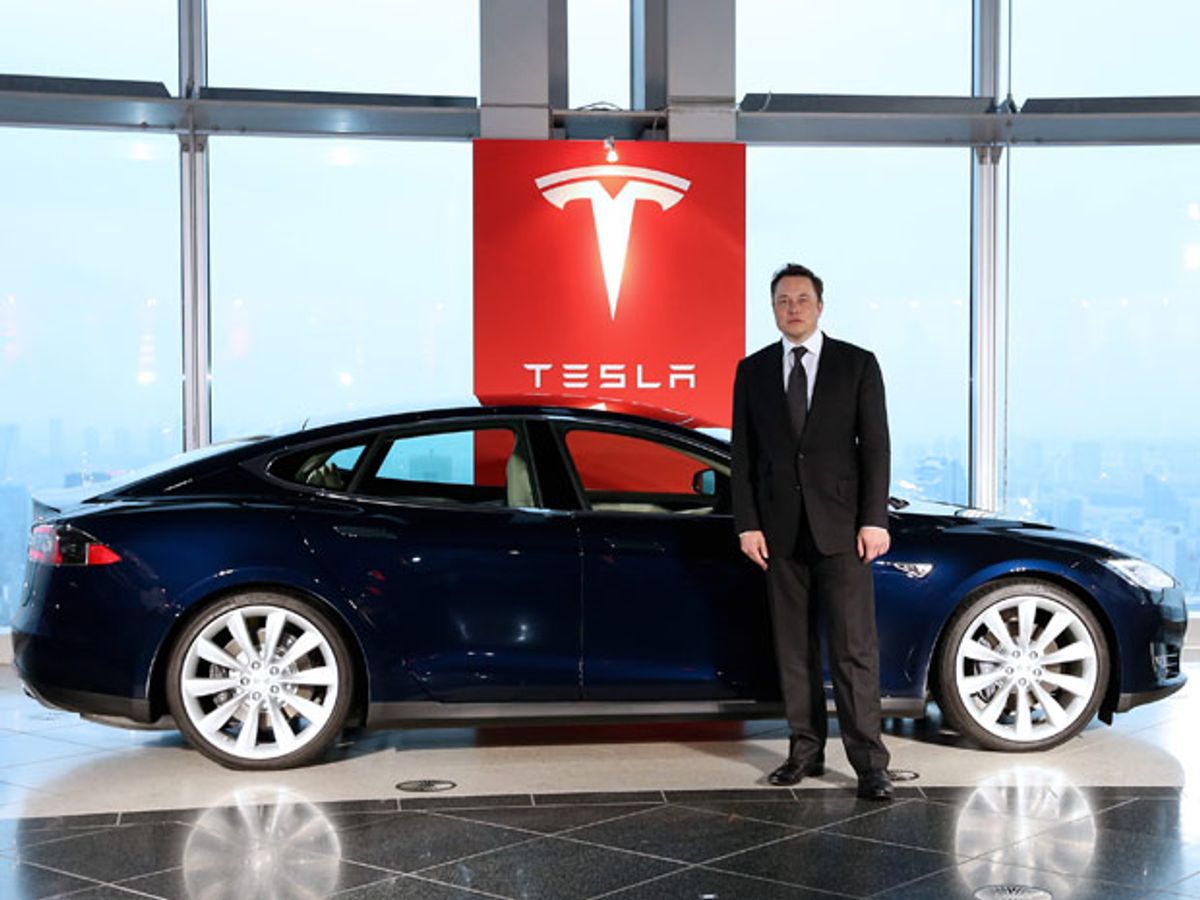In September of 2013, Elon Musk predicted that Tesla automobiles would operate autonomously for “90 percent of miles driven within three years.” One year later, he’s revised his estimate a bit, now saying that “a Tesla car next year will probably be 90-percent capable of autopilot. Like, so 90 percent of your miles can be on auto. For sure highway travel.”
Although he didn’t go into any detail (besides some suggestion of an obligatory sensor fusion approach), Musk seems confident that this is something that Tesla will make happen, not just sometime soon, but actually next year. We’d love for this to be true, but Musk is going to have to find a way to solve some basic problems that not even Google has locked down.
It’s not clear what, exactly, Musk means by 90-percent capable. Does he mean that 90 percent of the time, on any road, the car can be autonomous? Or does he mean that on 100 percent of highways, and some lesser percentage of other roads, a Tesla will be able to drive itself? Let’s take a look at the highway example (since a highway is probably the most structured and controlled environment that you can expect to drive in short of a car wash) and think about what Tesla is going to have to figure out before any of us would probably be willing to let a car take over completely.
On well-marked, well-maintained highways during the day in good weather, autonomous driving is (relatively) simple. All you have to do is combine adaptive cruise control with lane departure detectors (both already available in consumer cars) to keep yourself safely in a lane while making sure you don’t run into the car in front of you if it slows down for some reason. Teslas recently acquired lane departure detection, which works thanks to a camera mounted at the top of the windshield that visually identifies lane markers and watches to see if they drift.
However, at night, in bad weather, or if the lane markers are faded, the system won’t function nearly as well, if at all. Humans use other visual cues in these cases, and although computer vision can do this to some extent, there’s a limit to how adaptable you can expect a system like this to be. The same goes for situations that are a mix of other variables that the system doesn’t necessarily expect, like accidents or construction zones. At the moment, such variability is difficult for computers to deal with.
So, okay, if we accept that the aforementioned situations are the 10 percent that a car can’t deal with and for which a human has to be in control, the problem then becomes how you transition from vehicle autonomy to human control. Going the other way is easy: the car can ask you if you want it to take over driving, and if you agree, it takes over and you relax. You’ll probably be legally required to remain at the wheel paying attention on some level while it’s in control, but what if you fall asleep? Even if the car knows that you’ve fallen asleep, the fundamental problem is that the car can’t force you to instantly take control again regardless of the circumstances. It can try to wake you up, but if it can’t, then what? Does it pull over on the side of the highway? Does it just try to keep going and do its best? What’s the solution?
There are many other examples that could aptly illustrate the problems that must ironed out before releasing a car with the capability for full autonomy into the consumer market. And those are just the technical challenges. Now add on the hurdles of dealing with the government (state departments of motor vehicles, the National Highway Traffic Safety Administration, etc.) and insurance companies, which will be another matter entirely (none of them are ready for consumer autonomy). Then there’s the issue what will happen when, inevitably, the first self-driving car gets into the first autonomous-mode accident. The point we’re making here is that there’s a significant difference between “technically capable,” “realistically capable,” and “consumer availability.” And we’re not nearly as confident as Musk seems to be regarding where things will stand in 2015.
We don’t mean to sound pessimistic about all of this, because autonomous cars are an inevitability that we can’t wait to experience for ourselves. It’ll mean vastly safer and more efficient driving, hugely improved quality of life for people with lengthy commutes, and eventually (and best of all) no more lengthy waits at intersections.
Video: [ CNN Money ]
Evan Ackerman is a senior editor at IEEE Spectrum. Since 2007, he has written over 6,000 articles on robotics and technology. He has a degree in Martian geology and is excellent at playing bagpipes.



